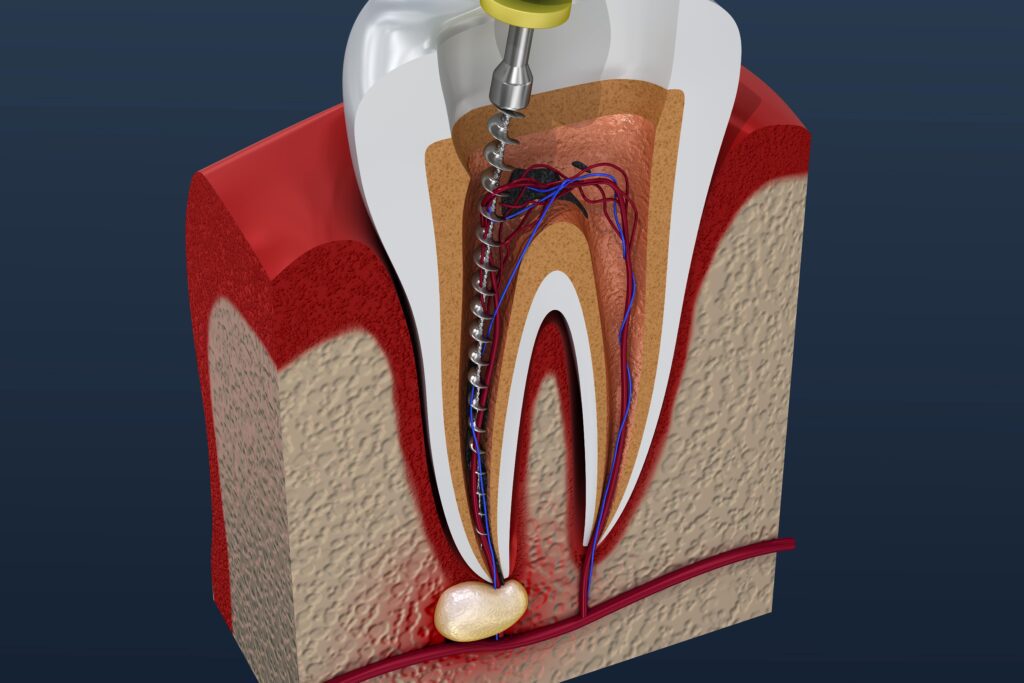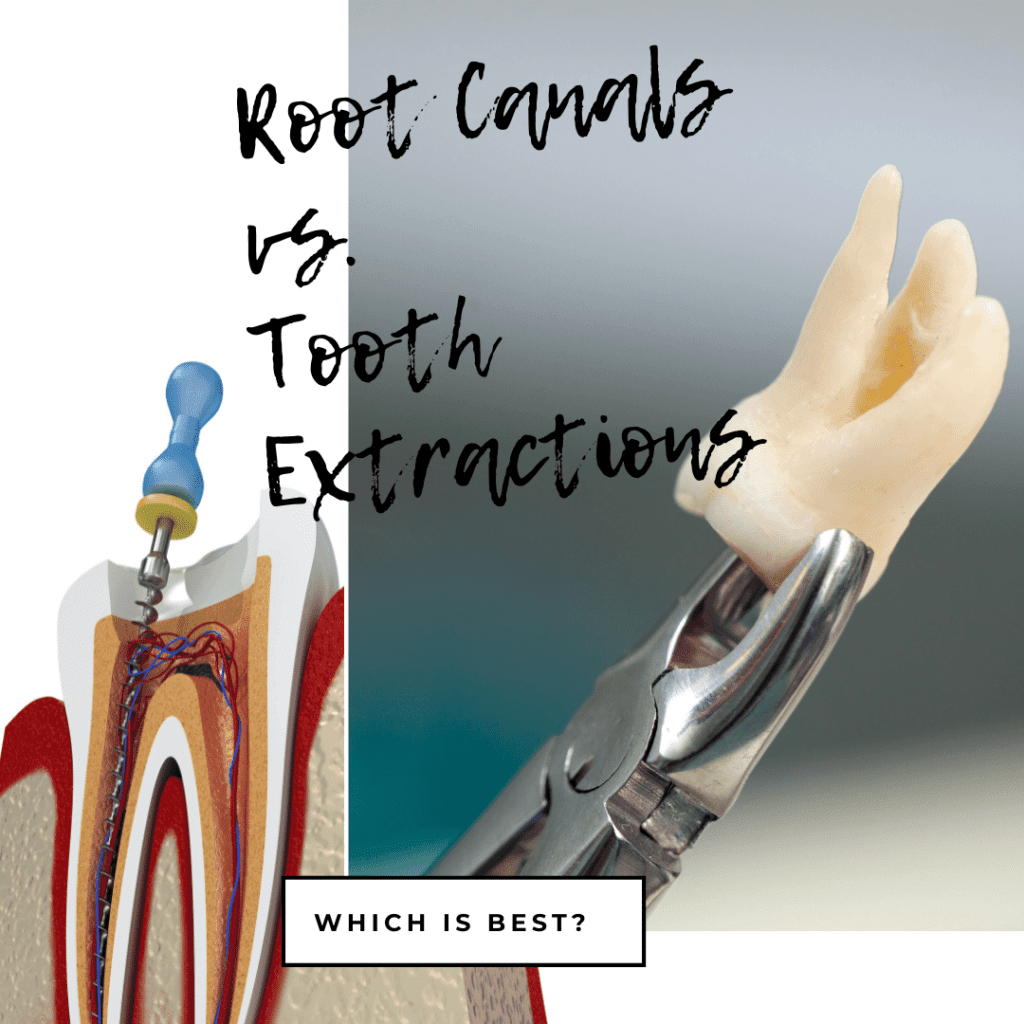When it comes to severe tooth decay, there are two main treatment options: root canal therapy or tooth extractions. Both treatments have their own set of pros and cons, and it can be difficult to decide which option is best for you. In this blog post, we will compare root canal therapy and tooth extractions in detail, so that you can make an informed decision about which treatment is right for you.
Root Canal Therapy

Root canal therapy is a treatment used to save a tooth that has been severely damaged by decay. This treatment becomes necessary when tooth decay has reached the inside of the tooth, or pulp layer. The goal of root canal therapy is to simply remove the infected tissue while preserving the natural tooth structure.
The first step of root canal therapy is to drill a small hole in the top or side of the tooth. Then special root canal files are used to remove the damaged tissue from the inside of the tooth. Once the damaged tissue has been removed, the interior of the tooth is cleaned, filled, and sealed. The tooth is then restored using a dental crown. Root canal therapy can be an effective way to save a badly damaged tooth, and it often has a high success rate. However, root canals can fail if the entire infection is not removed.
Tooth Extractions

Tooth extractions are a treatment used to remove a tooth that is severely damaged or infected. While root canal therapy only removes the infected tissue inside the tooth, a tooth extraction removes the entire tooth. This also effectively removes the decay.
The first step of a tooth extraction is to loosen the tooth using special instruments. Once the tooth has been loosened, it is extracted from the mouth. Tooth extractions are generally used as a last resort, however there are cases where they may be recommended over other options. For example, your dentist may recommend an extraction if you have had a failed root canal or if there is a root abscess.
Which is Best?
So, which is the best treatment: root canal therapy or tooth extractions? The answer to this question depends on a number of factors, including the severity of the decay, your overall health, and your budget.
In general, root canal therapy is generally recommended over a tooth extraction because it preserves the tooth roots and healthy tooth structure. However, root canal therapy is more involved than an extraction and usually takes longer.
In cases where the tooth is severely damaged or infected beyond what root canal therapy can fix, then an extraction may be the best option. Ultimately, the decision about which treatment is right for you should be made by you and your dentist after a thorough examination of your teeth.
In this blog, we have compared root canal therapy and tooth extractions in detail. We have discussed the steps involved in each treatment, as well as the pros and cons of each option. Now it is up to you and your dentist to decide which treatment is best for you. Thank you for reading!

Dr. Admar holds dual certificates — a Bachelor of Dental Surgery (BDS) in 2010 from India and a Doctor of Dental Surgery (DDS) in 2014 from Canada. He is now a full time practicing dentist in Kamloops where he provides a variety of services, including emergency dentistry. Dr. Admar spends hundreds of hours in continued dental education to stay up to date in cosmetic and implant dentistry and he has achieved several advanced qualifications.


